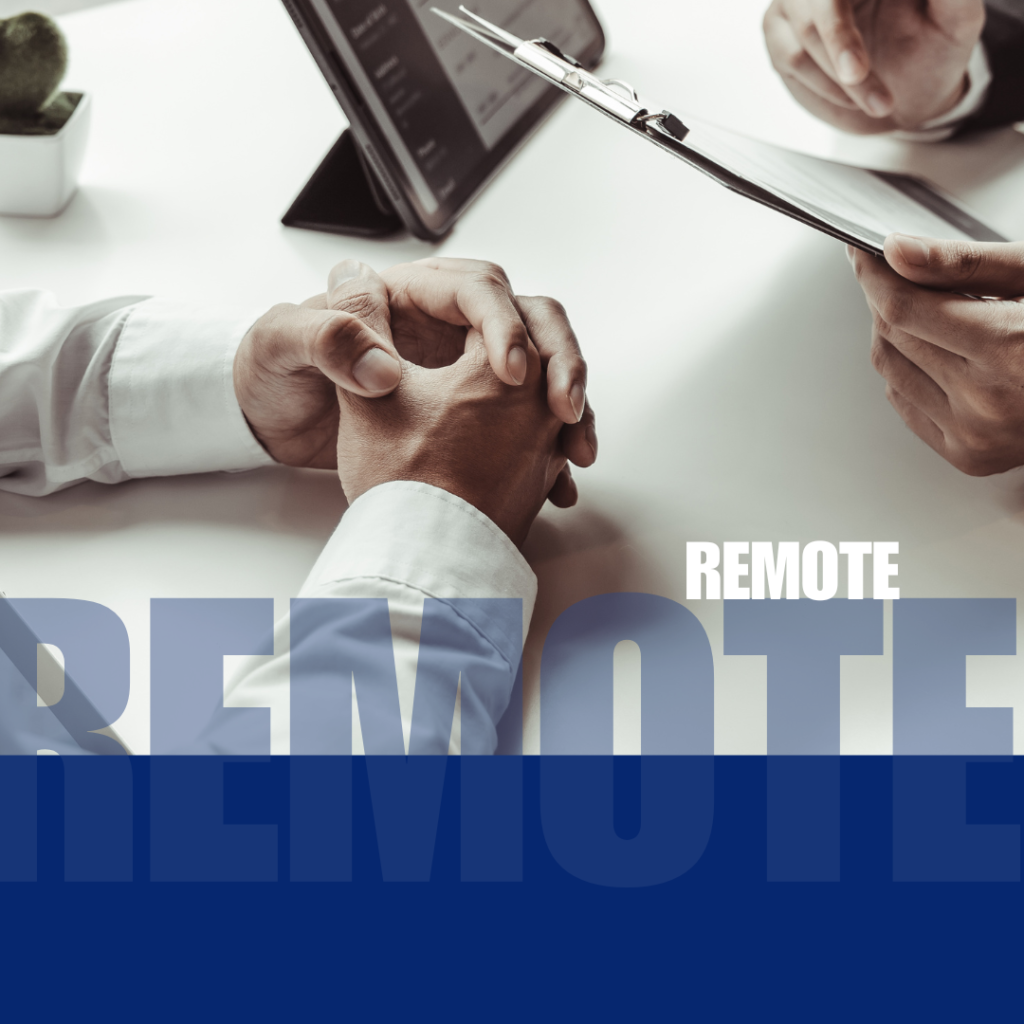
Why Traditional Onboarding Is Dead — and What Comes Next
Let’s be honest. Most onboarding programs are just checklists. You get a welcome email. You meet some people. You watch videos you’ll never remember. You fill out forms. And then… you’re on your own.
This model is broken. It doesn’t create connection. It doesn’t build confidence. And it definitely doesn’t set people up for success. That’s why traditional onboarding is dead — and good riddance.
Now let’s talk about what actually works.
Onboarding is not a week. It’s a journey.
For years, companies treated onboarding as a one-time event. You’d have your “first day,” maybe a “first week,” and that was it. Done. But real life doesn’t work that way.
People don’t learn a job in five days. They don’t build relationships from one Zoom call. And they don’t feel safe, seen, or capable just because you gave them a welcome kit.
Modern onboarding understands that people need time. They need layers of information. They need context, support, and check-ins — not just tasks.
New hires need experience, not documents
Most onboarding is built around policies, procedures, and presentations. But people don’t remember slides. They remember feelings.
What makes someone stay isn’t how fast they got their laptop. It’s how quickly they felt included. How clearly they saw their role. How often someone said, “You’re doing great.”
In real life, onboarding should feel human. It should feel like mentorship, not orientation. Like someone’s walking with you, not just showing you the map.
One-size-fits-all doesn’t work anymore
Everyone learns differently. Everyone processes change at their own pace. Still, many companies give every new hire the same materials, same flow, same cold welcome.
But people aren’t templates. They’re individuals. Good onboarding adapts to the person — not the other way around. That might mean different timing, different tone, or different tools.
It also means making room for questions. For awkward starts. For real conversations, not just polished welcome speeches. Because connection isn’t built through structure. It’s built through presence.
What works now: slow, human, real
The best onboarding today doesn’t rush. It focuses on trust. It makes space for the messy middle — that strange time between being new and feeling part of the team.
This isn’t about “soft stuff.” It’s business-critical. When people feel lost or isolated at the start, they disconnect. But when they feel grounded, seen, and supported — they perform better, faster, longer.
So what replaces the old model? A mix of guided learning, mentorship, feedback loops, honest dialogue, and a company culture that actually shows up for its people. Not just in week one — but in month one, month three, and beyond.

